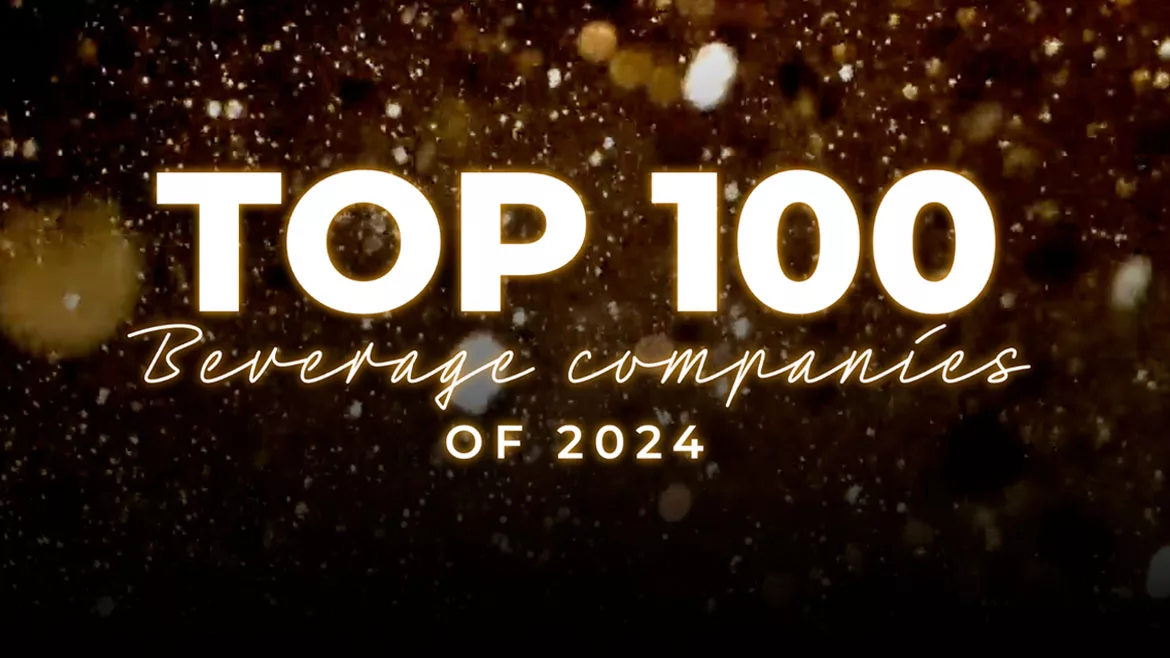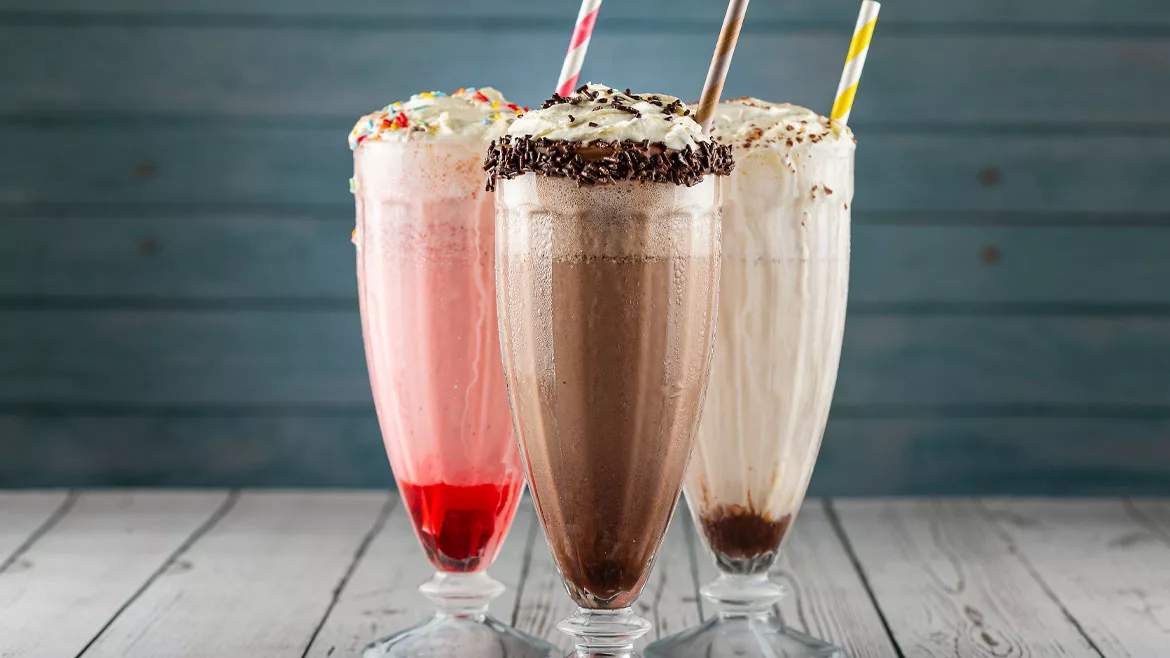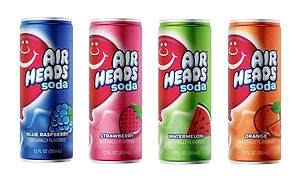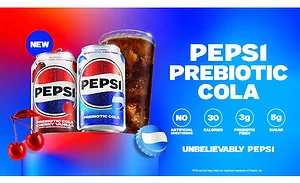2025 Beer Report: Craft beer sees divided results among players
March 4, 2025
2025 Beer Report: Craft beer sees divided results among players
March 4, 2025Image courtesy of Goose Island Brewing Co./Anheuser-Busch InBev
In the last couple of lines in the first stanza of Edgar A. Guest’s poem “Don’t Quit,” the poet wrote, “When care is pressing you down a bit, Rest if you must, but don’t you quit.” As the craft beer market weathered challenges like shifting consumer preferences and mergers and acquisitions, purveyors in the space are showing their resiliency and that they truly won’t quit.
This comes as analysts note the recent declines in the U.S. craft beer space. Christal Torres, senior manager of client insights at Chicago-based Circana, notes that craft beer was down 3.3% in dollar sales for 2024 compared with a year ago (YA), in total U.S. multi-outlets for the calendar year, ending Dec. 29, 2024. Additionally, the beer segment has a three-year declining compound annual growth rate (CAGR) of 3%.
Meanwhile, Brian Sudano, CEO at S&D Insights LLC, Norwalk, Conn., notes that based on the Brewers Association’s definition of craft, the segment has outperformed the broader craft market, which includes craft brands acquired by major brewers.
“However, the general market trajectory is incredibly bifurcated across scales of brewers, with widespread duress and closures among many micro-operators, yet select micro and regional players continue to break out and build a grassroots following,” he explains. “Among scaled operators a similar story is playing out, with key players such as Sierra Nevada and New Belgium experiencing flat to moderate growth, while others such as Sam Adams and Lagunitas suffer near double digit declines.”
Noting that the novelty of craft beer has waned, Sudano explains that consumer preferences are changing and having an impact on the category.
“Like the rest of the beer and beverage alcohol market in the U.S., craft is being harmed by shifting consumer behaviors and attitudes,” he says. “Craft is now entrenched as a market mainstay, yet it no longer has the luster of newness and excitement that drove much of the market performance a decade ago.”
Because of these shifts, the craft beer market is embracing innovation across a range of ways.
“Craft market Innovation is often coming from outside the liquid itself in the traditional sense,” Sudano says. “Sustainability has become a major focus in some markets, surrounding packaging, ingredients, community investment, etc.
Looking for a reprint of this article?
From high-res PDFs to custom plaques, order your copy today!
“Taproom events and activities continue to redefine the community space that these operators offer,” he continues. “Collaborations with other CPG brands/segments and/or other local businesses have also driven activity. Many craft operations have been exploring the THC and Delta-9 Beverage space recently.”
Top craft beers (Brand family)
*Includes brands not listed.
Source: Circana, Chicago. Total U.S. multi-outlets (grocery, drug, mass
merchandisers, convenience, military commissaries, and select club and dollar
retail chains) for the 52 weeks ending Jan. 26, 2025.
Ryan Toenies, senior director of client insights at Circana, adds that consumers’ evolving views on health and wellness also is leaving its stamp on the craft beer space.
“Just like the rest of beer, the idea of betterment and more sessionable beer are things that are influencing the segment,” Toenies says. “This is pushing brewers to move more into lower alcohol or the [non-alcohol] (NA) beer space.”

As an example, Toenies notes that Athletic beer is the only craft brewer that is the No. 1 brand franchise in the NA beer space, recording $93 million in sales for 2024. Additionally, he notes can formats and flavored malt beverage (FMB) trends are impacting craft beer.
“We are seeing brands like New Belgium Voodoo Ranger move into single-serve can formats to help move the segment into the C-Store format,” Toenies says. “Along with traditional beer, New Belgium went into FMB with a Voodoo Ranger Tea.”
Despite interest in new styles, IPAs still dominate the craft beer segment.
“IPAs, plus 2.8% [in] dollar sales vs. YA, are contributing the most growth to the craft segment, driven primarily by New Belgium Voodoo Ranger,” Torres says.
S&D Insights’ Sudano also calls attention to IPAs dominance, but notes that variations to the style have stalled as consumers show an interest to a more traditional format.
“IPA remains the lion’s share of volume and activity within the craft market, however, it has not seen the continued rapid innovation that brought Hazy IPAs, etc., to the mainstream just before the pandemic,” he says. “Recent trends have shown a greater focus on throwback/traditional IPAs, often utilizing a ‘West Coast’ designation. Craft lager continues to drive a portion of the activity in the market as well.”
Although mergers and acquisitions had been a common headline within the craft beer segment, those moves have decelerated.
“Mergers and acquisitions have slowed dramatically compared to the previous decade,” Sudano says. “The lasting impacts of the major deals from the 2010s continue to have ripple effects across the entire market.
“The major recent activity has instead been the divestment of past craft acquisitions by leading U.S. brewers, sometimes selling the craft assets back to the original ownership groups, along with Tilray the Canadian cannabis firm, making a number of major acquisitions, most notably many of ABI’s craft brands in 2023.”
Circana’s Toenies also calls attention to Tilray Brands acquisition of four Tenth & Blake brands from Molson Coors Beverage Co. However, he notes that New Belgium has seen success due to the added funding with support from Kirin-Lion.
As the craft beer market sees pockets of growth, analysts still see short-term declines. Toenies notes that Circana expects trends to remain similar to last year with a 1.4% CAGR for the segment in 2025.
S&D Insights’ Sudano also expect short-term declines, but emphasizes the category’s adaptability.
“Despite these countless headwinds, craft has continued to prove resilient in aggregate,” he says. “We expect craft to continue to perform with low single digit volume declines, with key pockets of outsized growth and struggles between individual operators.”









